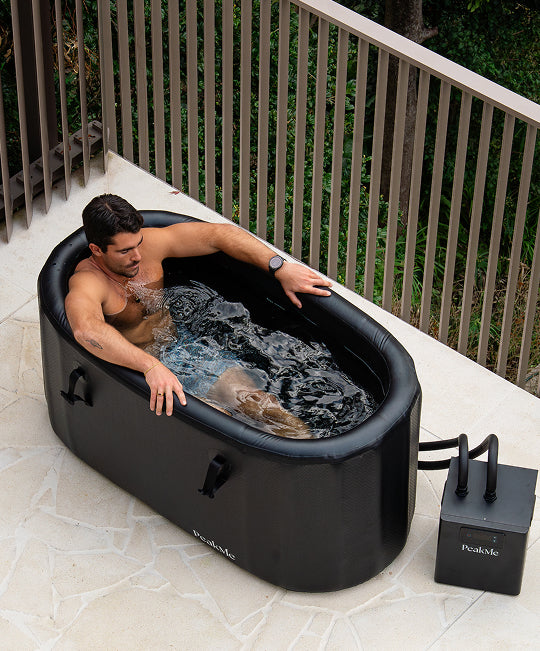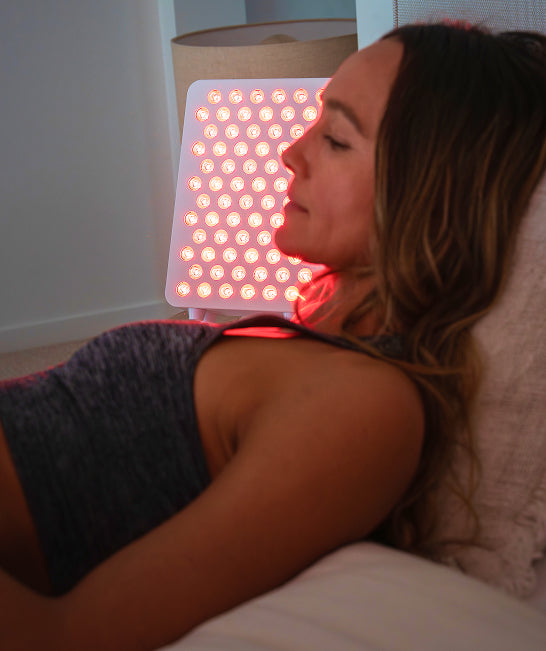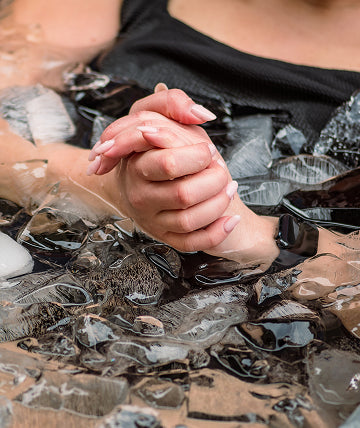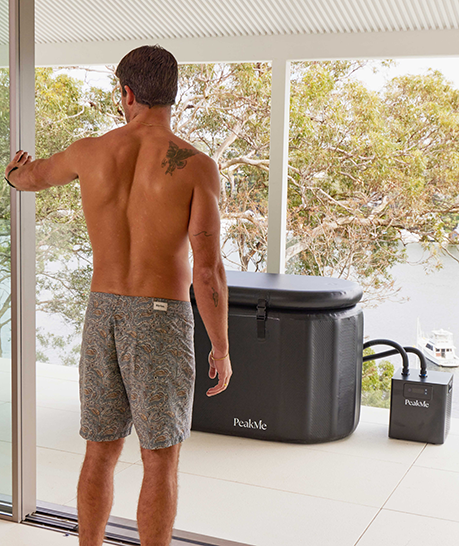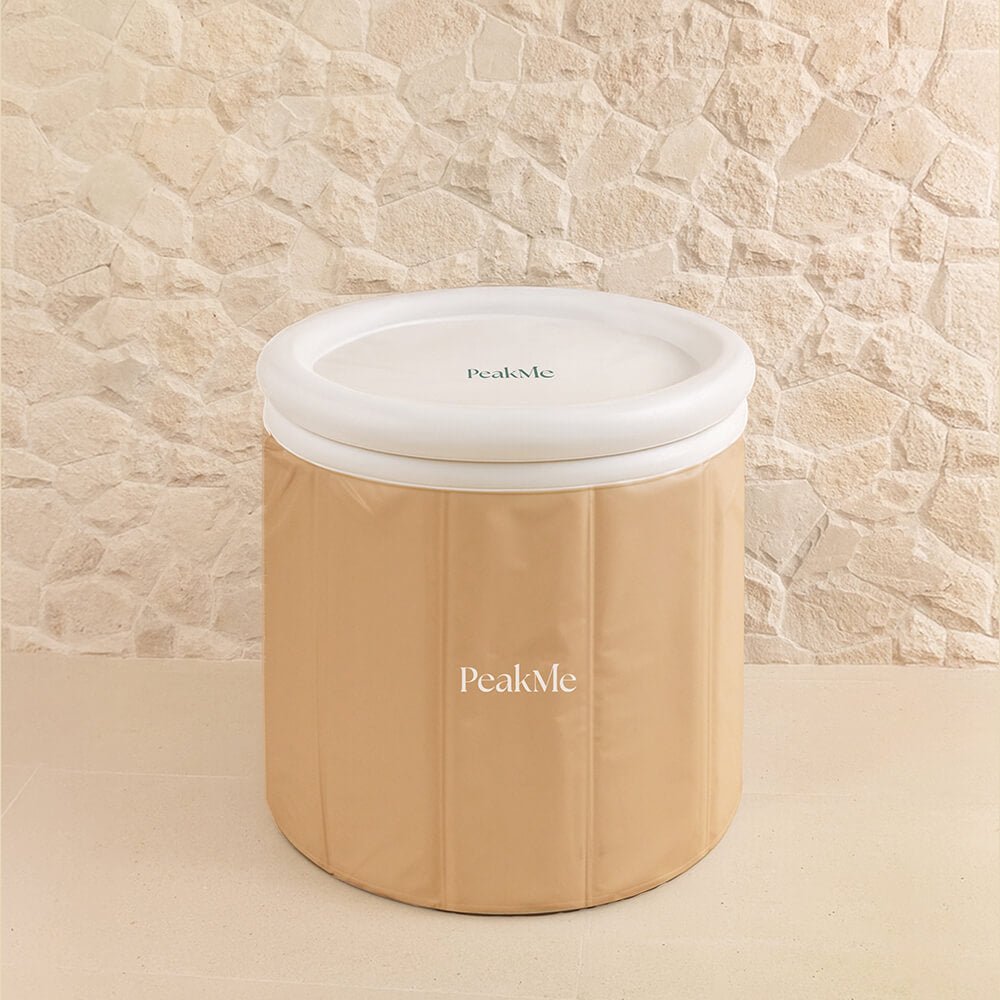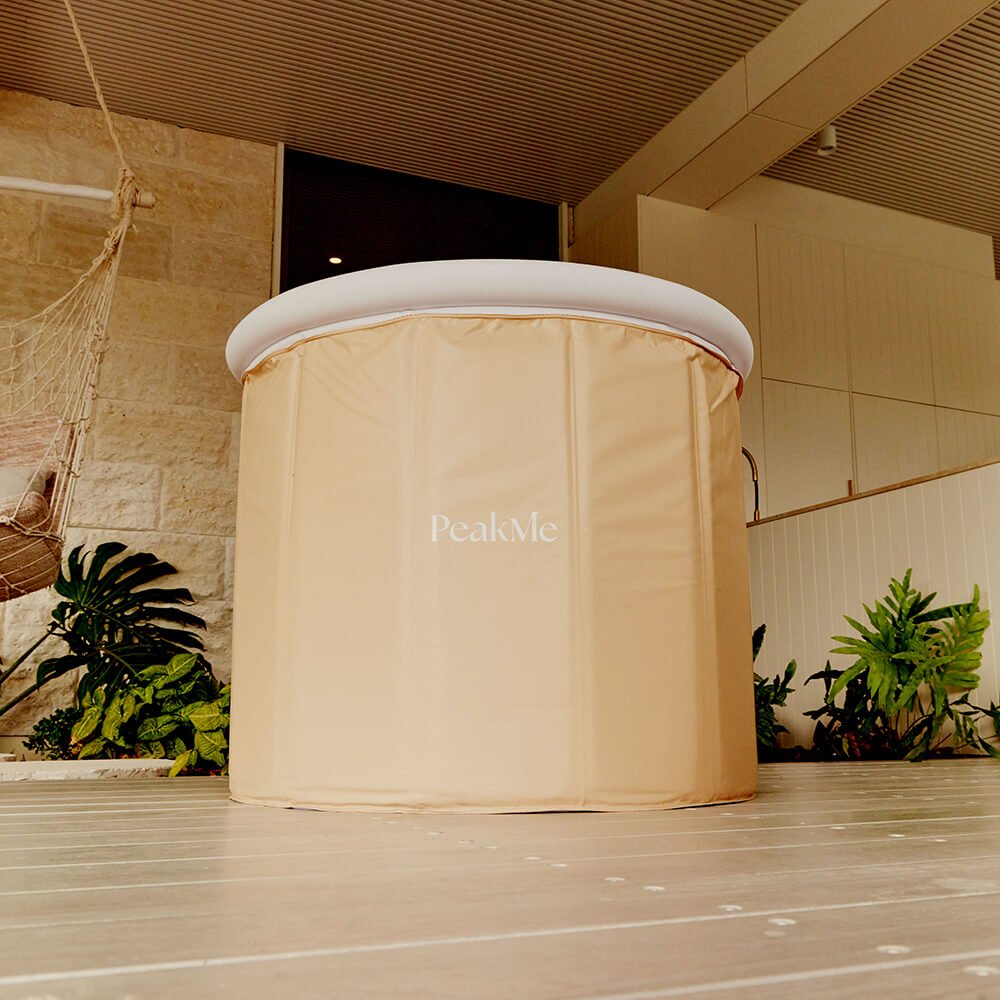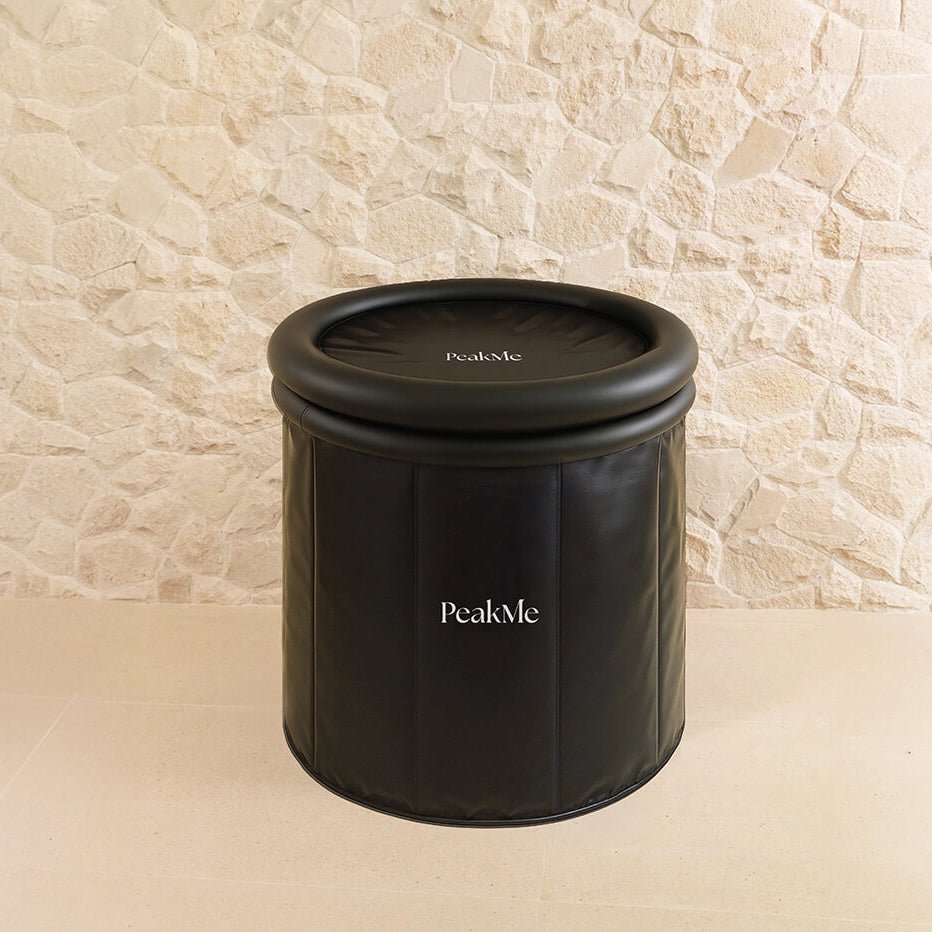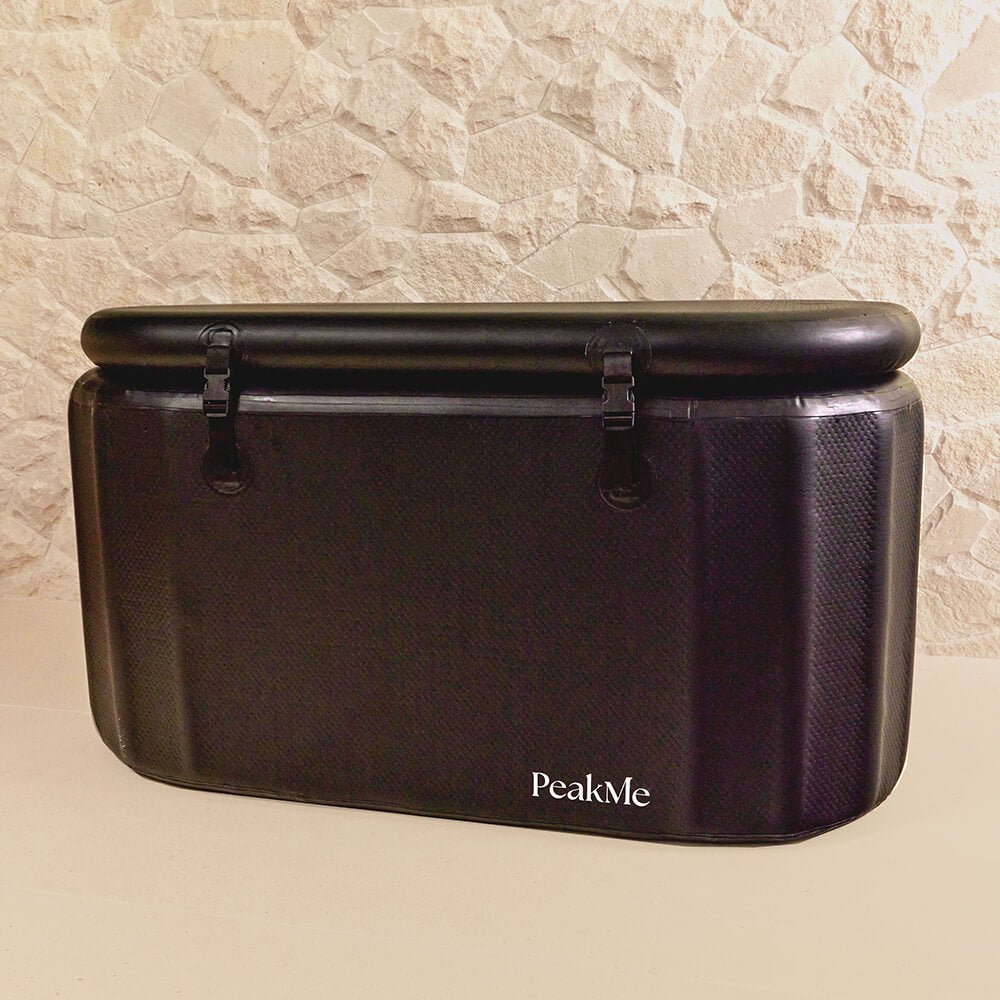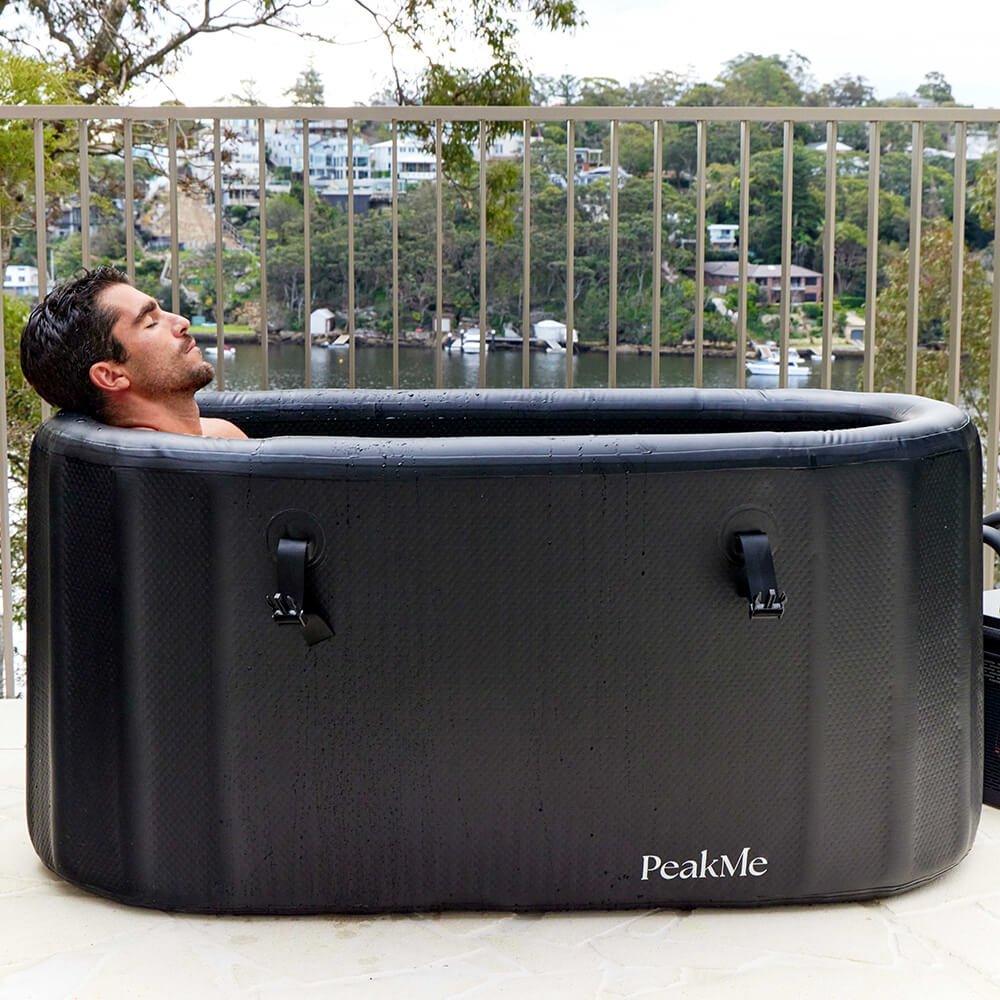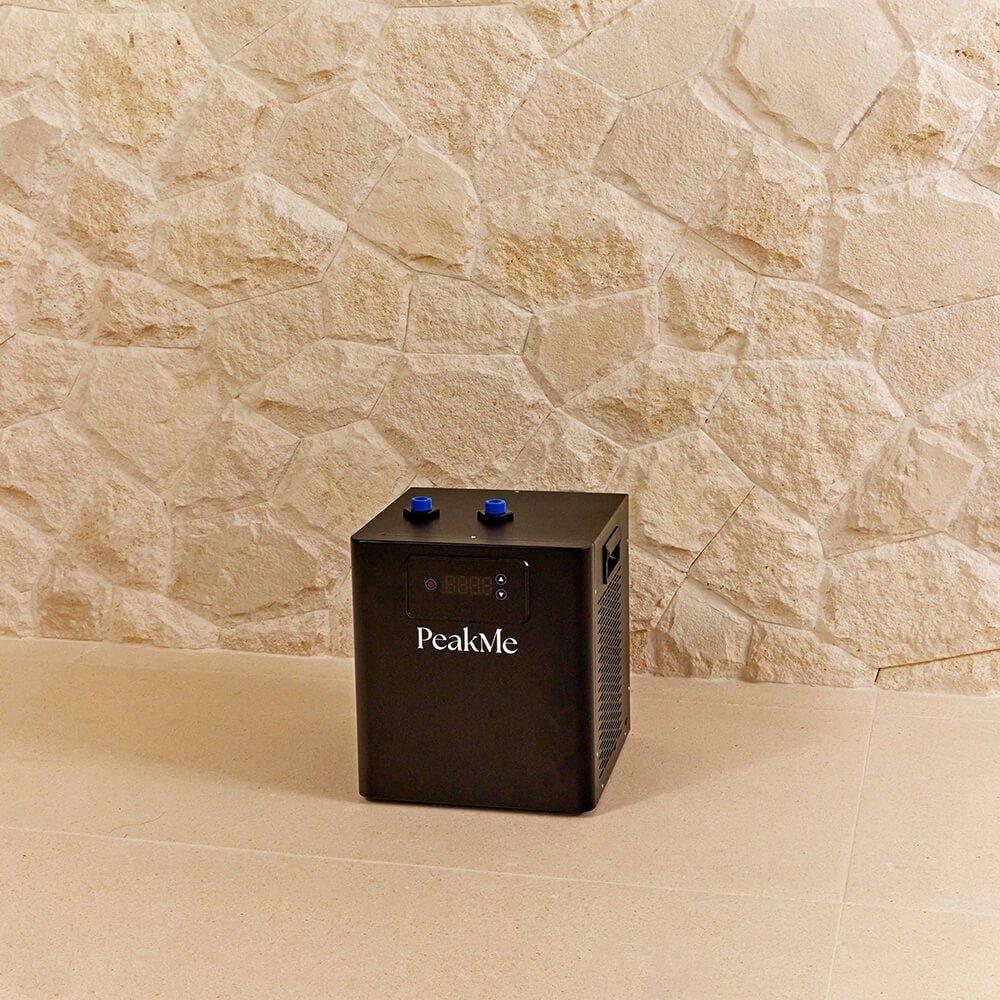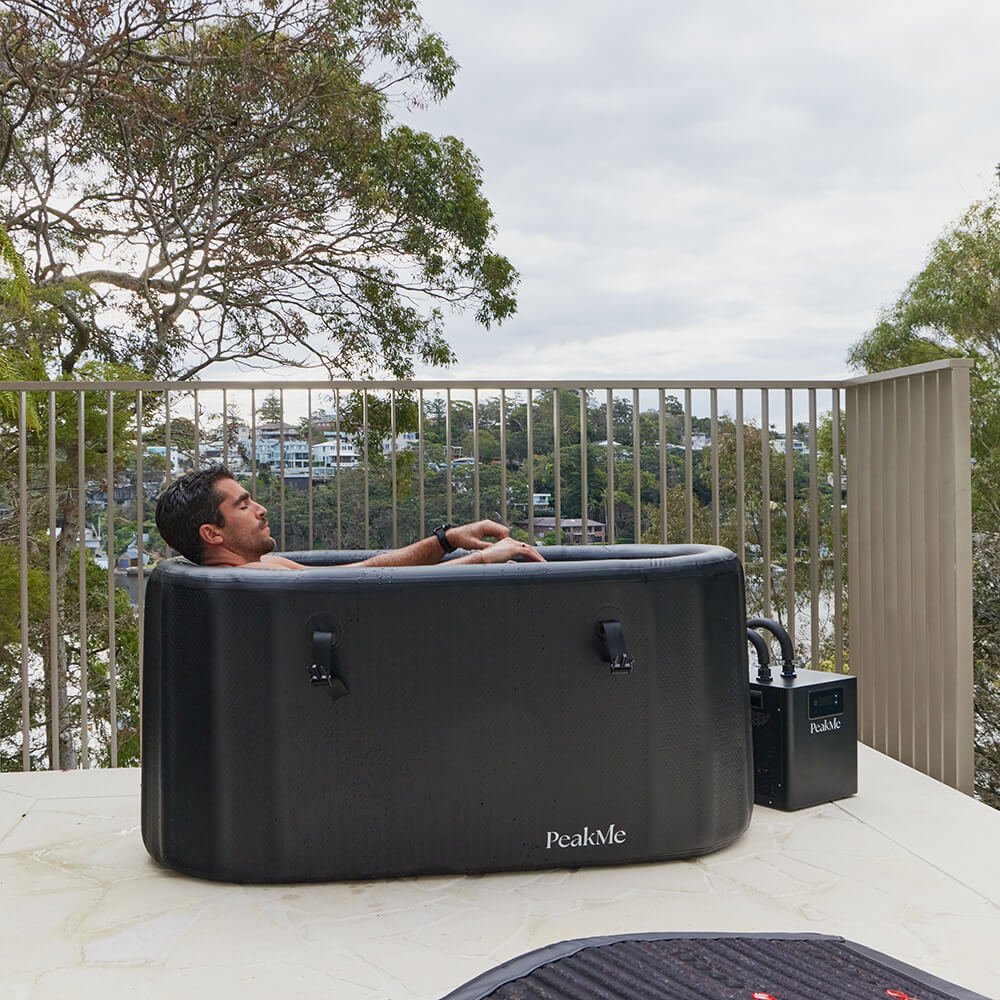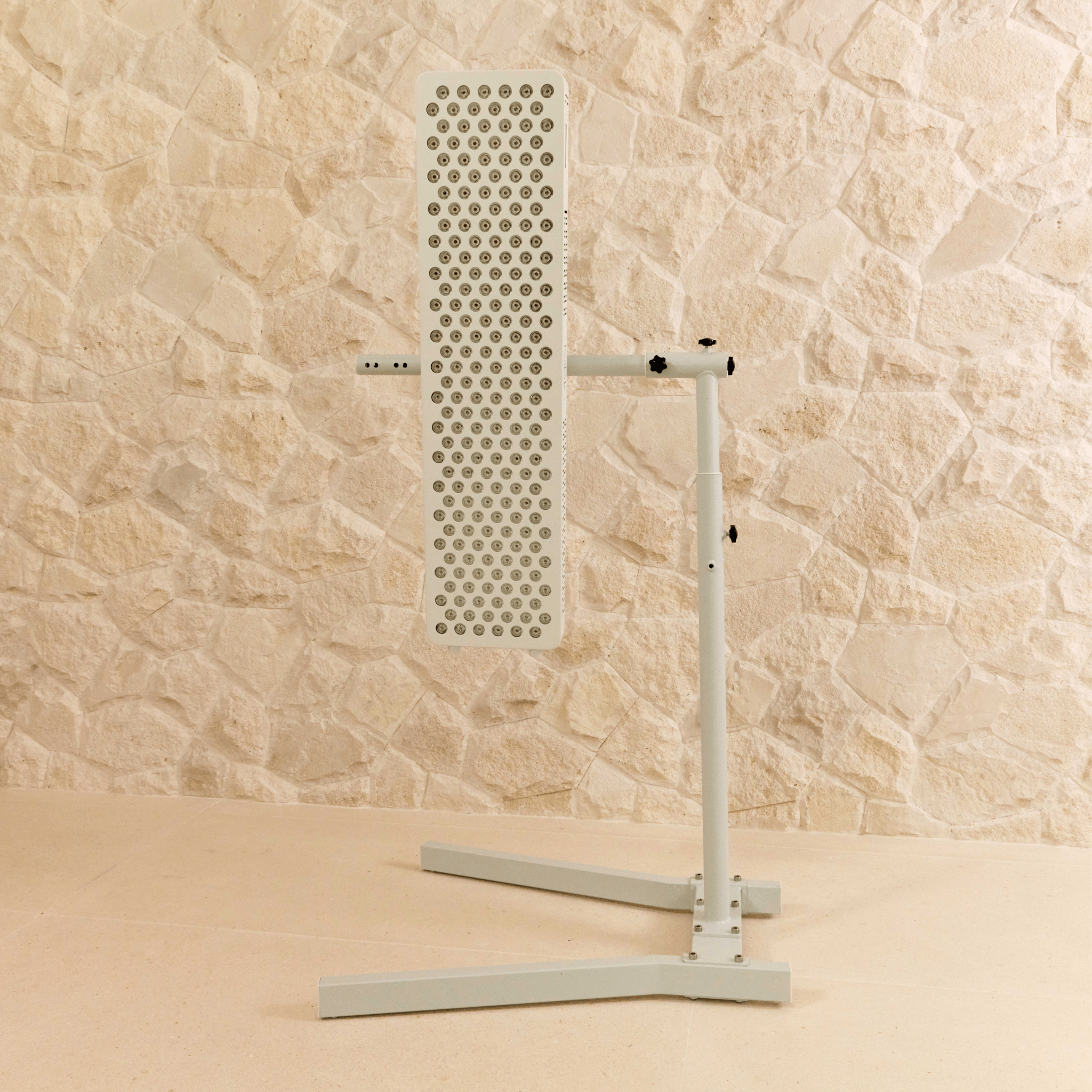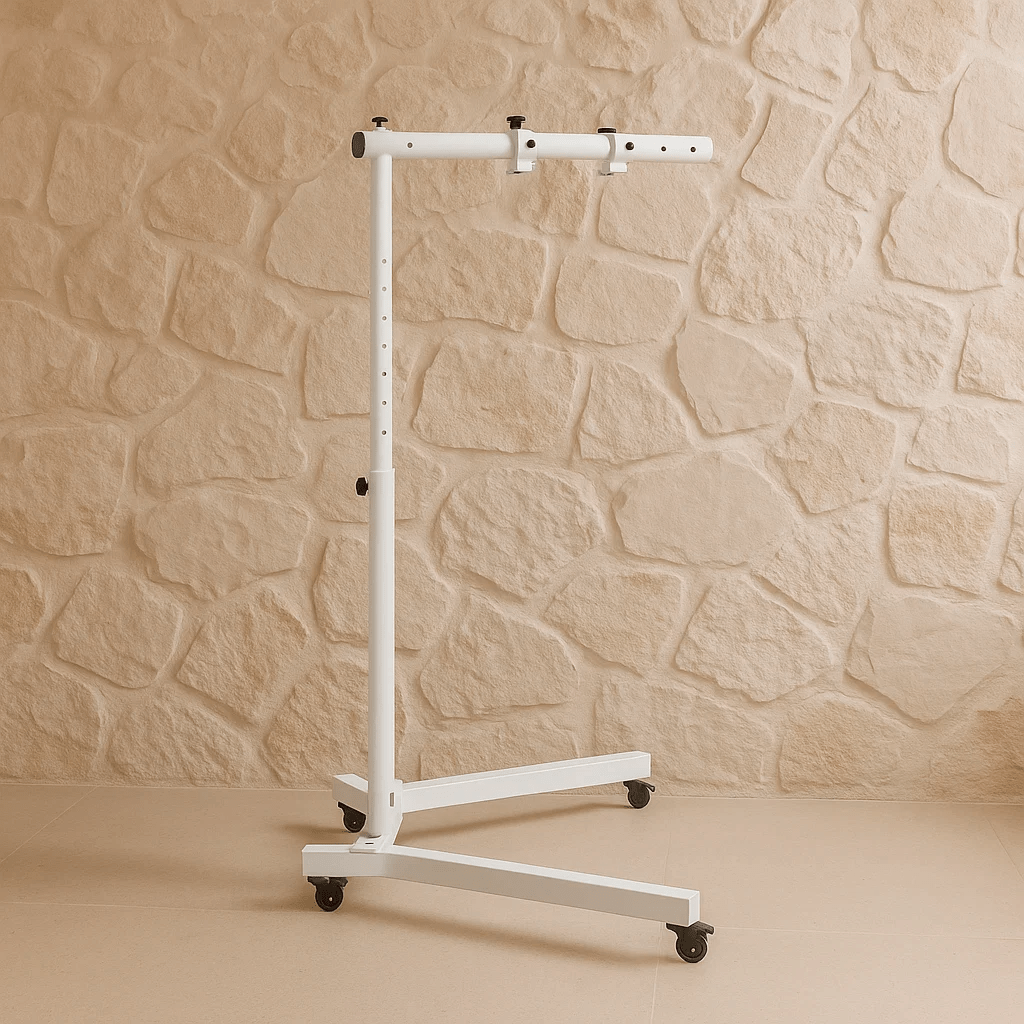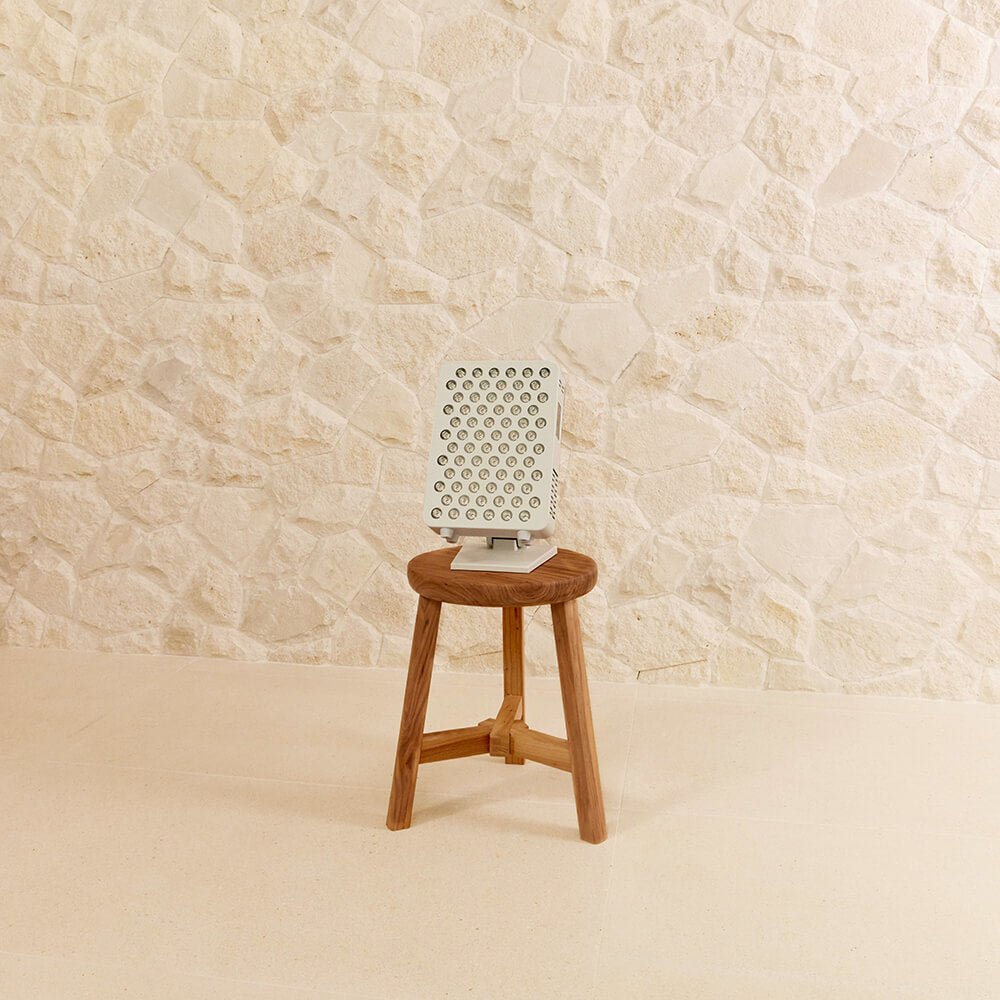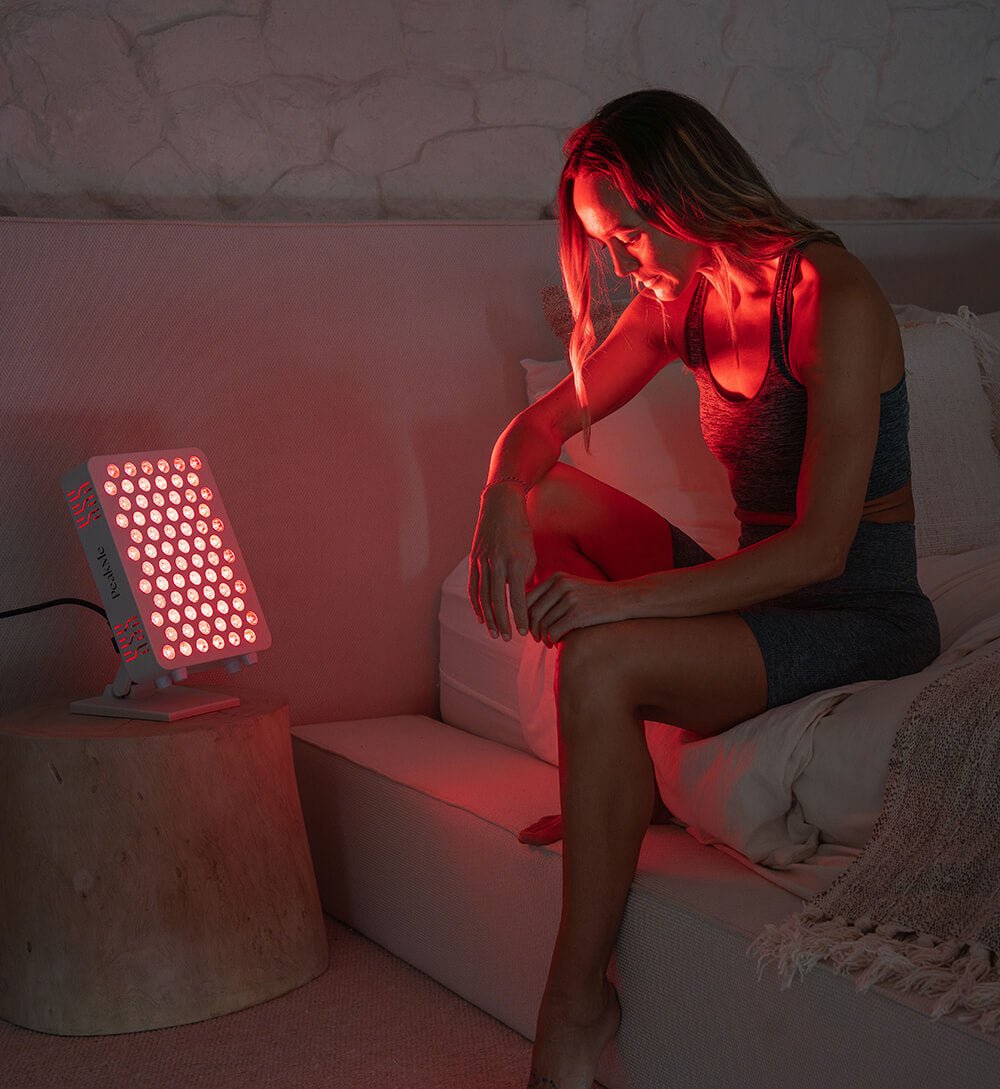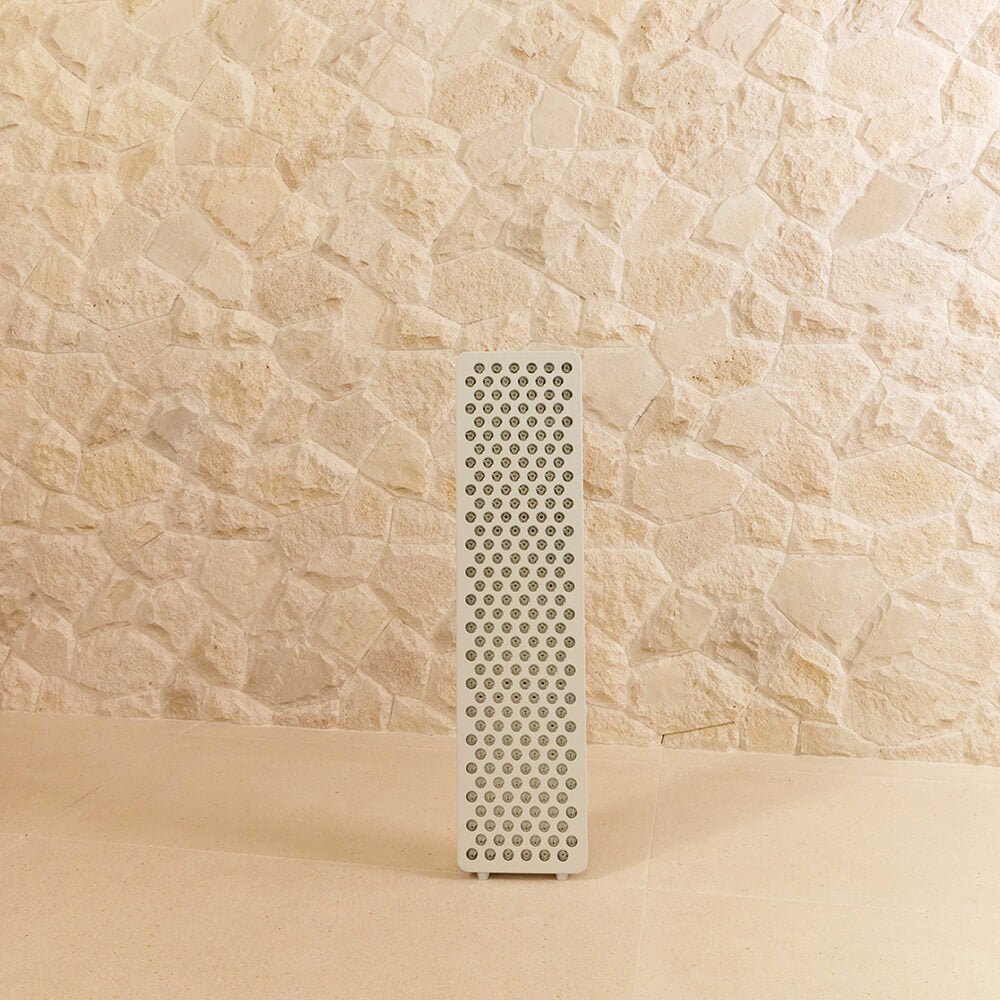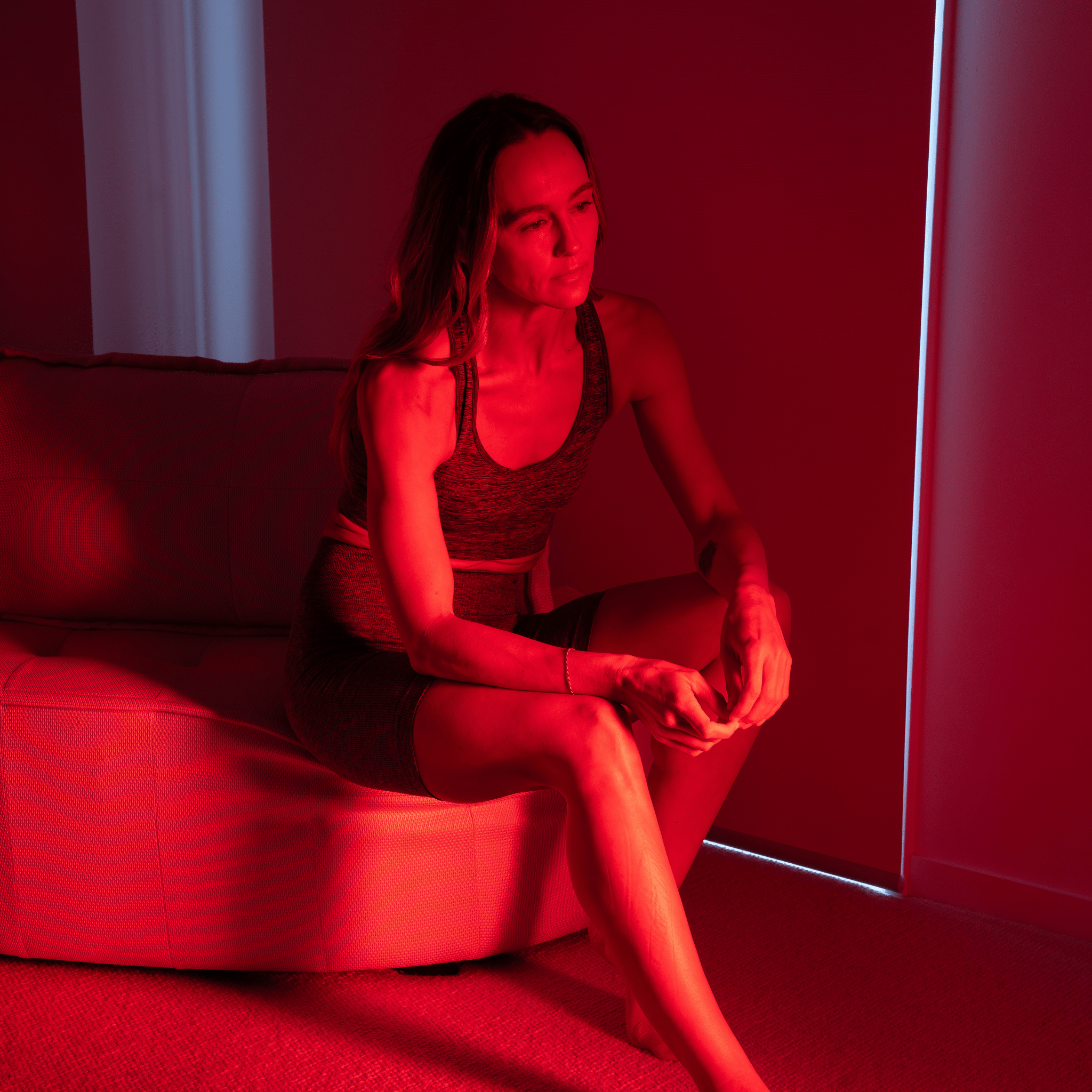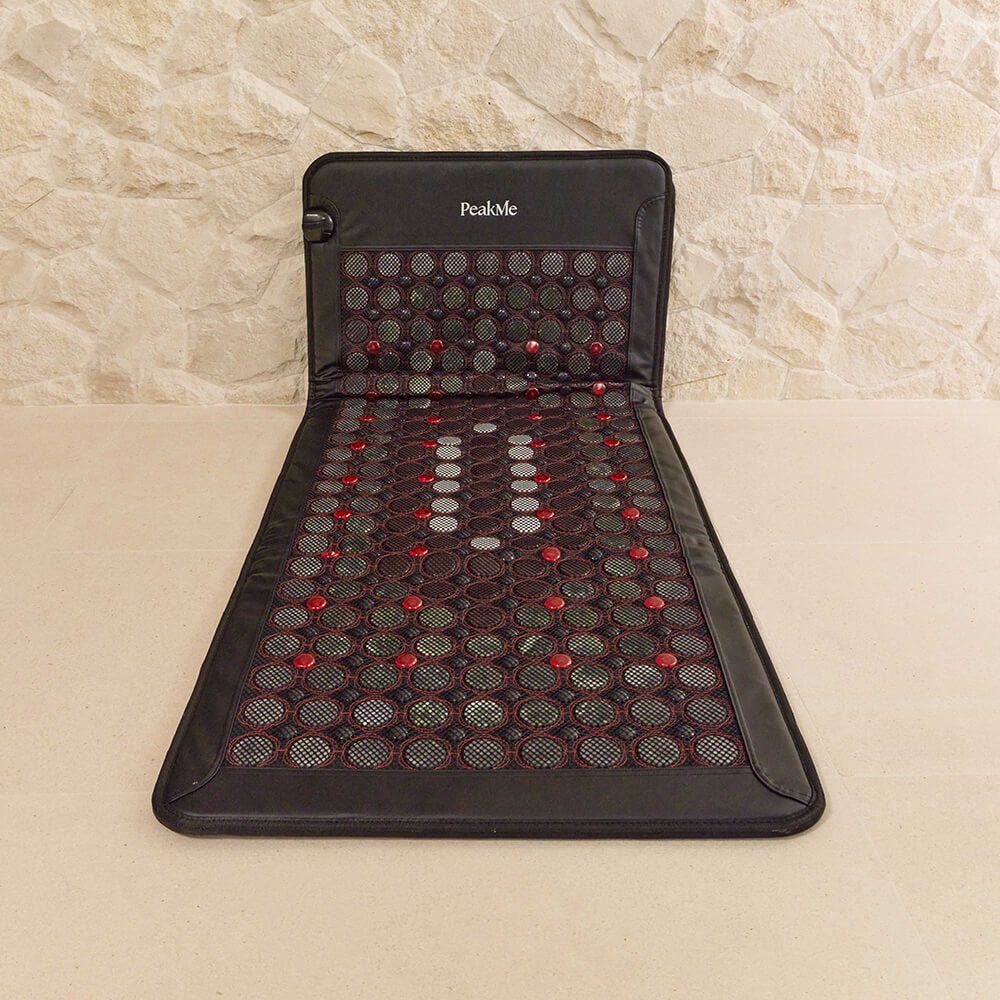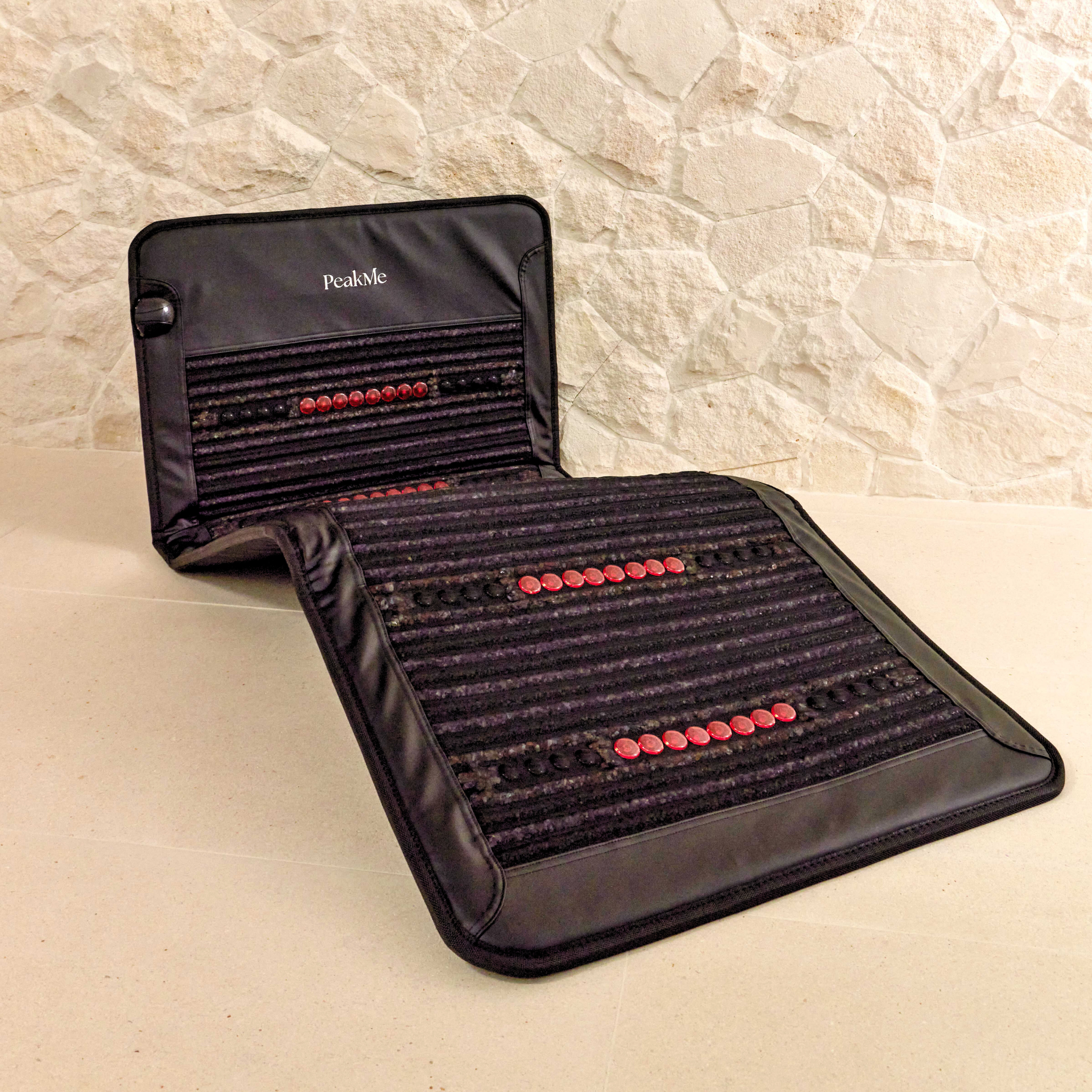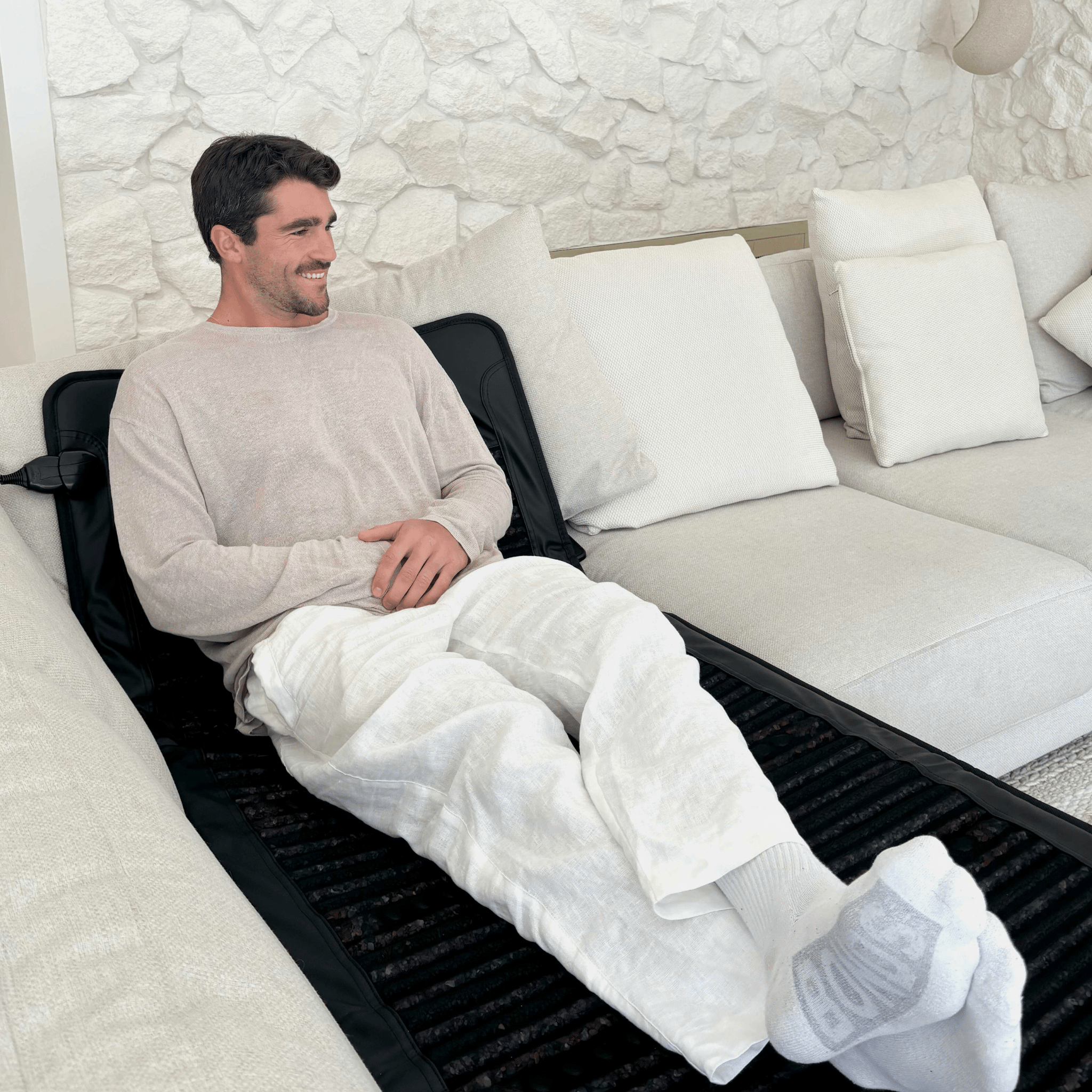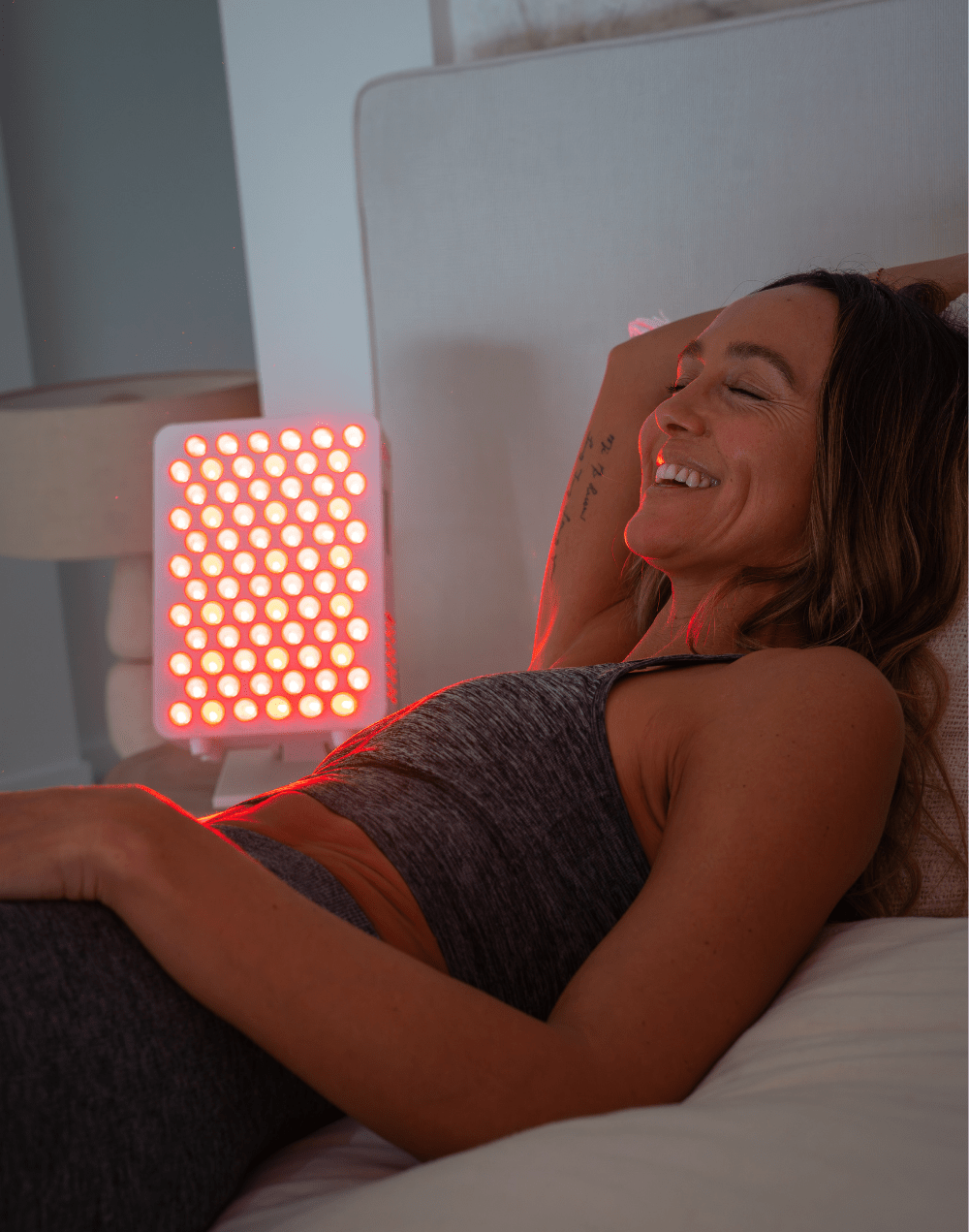PeakMe Founder Jing Jackson’s daily rhythm for clarity, energy and consistency.
Your peak performance isn’t just a moment. With PeakMe, it’s a long-lasting method. No one embodies this more than our founder, Jing Jackson.
Jing started PeakMe with a clear mission: build a performance-driven community powered by smart recovery, modern wellness tech and sustainable routines. With a background in strength training, a curiosity for biohacking and a passion for human potential, her goal was simple: help people feel more alive, every single day.
So, how does she live it?
Here’s a look into Jing’s real-life recovery ritual, from 3am starts to movement-fuelled mornings, with tools that support mind, body and mission.
Night Before: Prime the Mind for Tomorrow
Jing starts the day before it begins.
Her wind-down ritual starts around 7pm. She puts her phone away, reflects in her Growth Day app, and writes down one moment she appreciated that day. “It helps me reframe even the messiest days as progress,” she says.
Research backs her up: gratitude journaling has been linked to better sleep and lower levels of stress and inflammation¹.
Try it:
-
Write down one thing that made you feel grateful today.
-
Add one way you showed up for yourself.
-
Use this to shape your intention for tomorrow.
3am Wake Up: Ice, Fuel, Focus
After 6–7 hours of sleep, Jing is up before sunrise.
Her non-negotionables? An ice bath, AG1, and black coffee.
Studies show that cold exposure may activate the vagus nerve, reduce inflammation and improve focus². Jing uses our PeakMe Flow Ice Bath for fast, consistent sessions, even at 3am.
3:30–5:30am: Red Light + Reading
While sipping coffee, Jing sets up her Red Light Therapy Panel Pro and reads. She rotates between books on business, health, parenting and mindset.
Red light supports mitochondrial function³ and circadian rhythm⁴, while this still, focused time helps her absorb and reflect. “I want my learning time to be intentional. That means no technology, just inputs that sharpen my output.”
She finishes her morning journal, checks her calendar and maps out her #1 focus for the day.
6–7:30am: Training, Strength, Sweat
When she’s not on school drop-off duty, Jing trains.
She rotates between strength training or a fast-paced group fitness class. This blend keeps her sharp, prevents burnout and lets her test her limits.
“Movement builds momentum. If I’ve already moved my body, I’m more likely to honour it throughout the day, whether that’s hydration, boundaries or rest.”
Throughout the Day: Energy Management, Not Time Management
The rest of Jing’s day is filled with meetings, content, product testing and community connection. But instead of just managing time, she manages energy.
She rotates between standing and sitting. She blocks time to think, not just respond. And she takes breaks to step outside or stretch when she starts to feel foggy.
“Wellness isn’t just about what you add in. It’s about what you protect.”
Her go-to reset tools?
-
The PeakMe Restore PEMF Mat for grounding between calls
-
A steam sauna session at night when the body needs deeper recovery
-
Magnesium and light stretching before bed
Peak Protocol, Real Life
Jing’s rhythm isn’t about perfection. It’s about returning to her anchors, even when life gets noisy.
“I don’t always hit everything and that’s okay, but the protocol keeps me coming back to what works.”
Her Peak Protocol blends science, intuition and repeatable tools that help her stay aligned. It’s simple. Powerful. And human.
Join the Journey
Want more real-life wellness from people walking the talk?
Follow us on Instagram @peakme.au for founder tips, team rituals and behind-the-scenes insight into how we live the PeakMe philosophy every day. Share your own routine, ask questions and discover what it means to build momentum from the inside out.
Explore Jing’s Essentials
References
-
Emmons, R. A., & McCullough, M. E. (2003). Counting blessings versus burdens: An experimental investigation of gratitude and subjective well-being in daily life. Journal of Personality and Social Psychology, 84(2), 377. https://doi.org/10.1037/0022-3514.84.2.377
-
Kamioka, H., Tsutani, K., Mutoh, Y., Honda, T., Okada, S., Park, H., ... & Mutoh, Y. (2015). Effectiveness of cold water immersion therapy in the recovery of exercise-induced muscle damage: A systematic review and meta-analysis. Physical Therapy Reviews, 20(4), 210-221. https://doi.org/10.1179/1743288X15Y.0000000006
-
Hamblin, M. R. (2016). Mechanisms and applications of the anti-inflammatory effects of photobiomodulation. AIMS Biophysics, 3(3), 337–361. https://pubmed.ncbi.nlm.nih.gov/28748217/
-
Münch, M., & Bromundt, V. (2012). Light and chronobiology: implications for health and disease. Dialogues in Clinical Neuroscience, 14(4), 448–456. https://pmc.ncbi.nlm.nih.gov/articles/PMC3553574/


